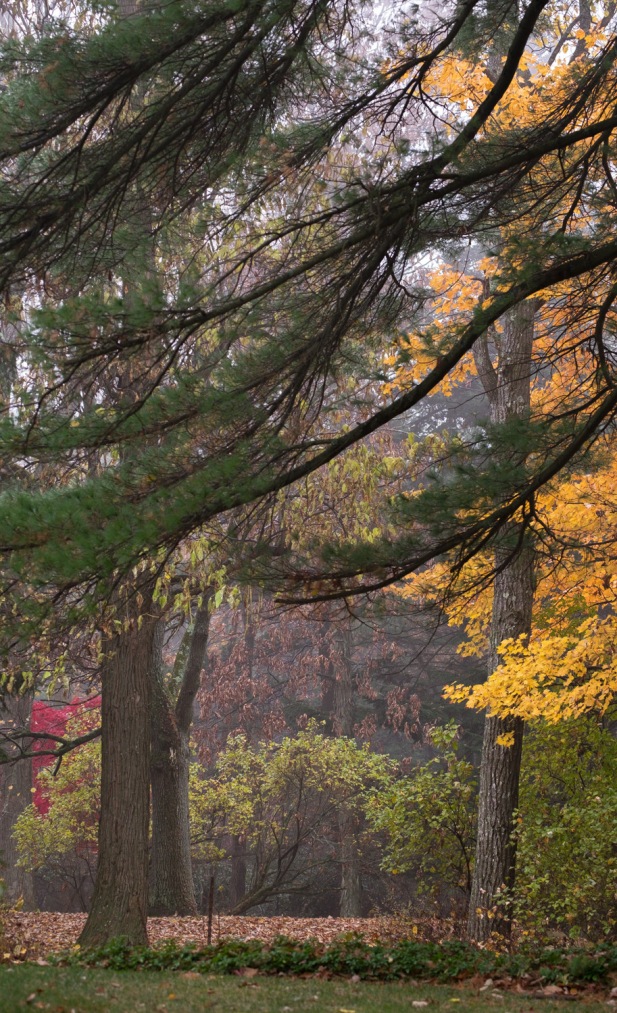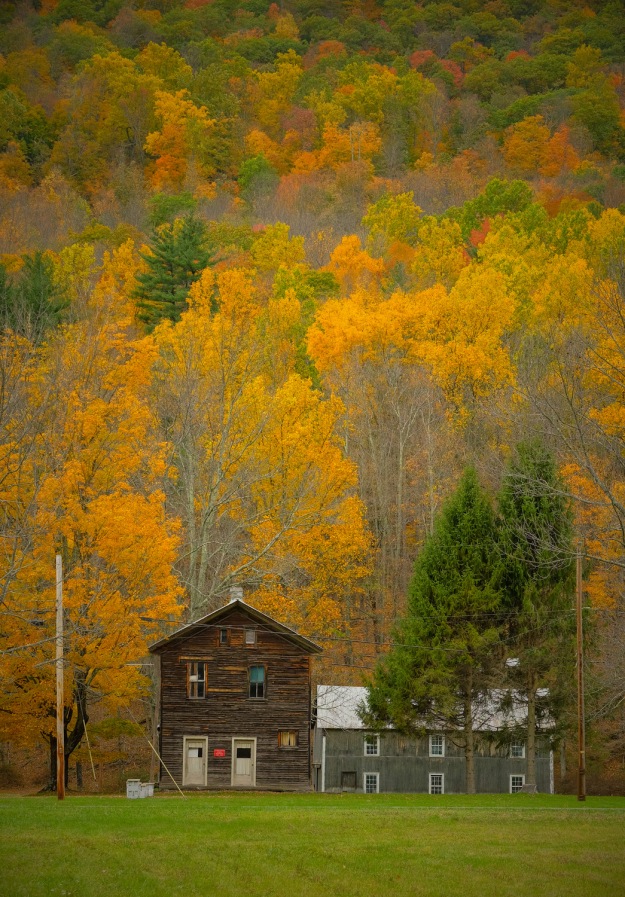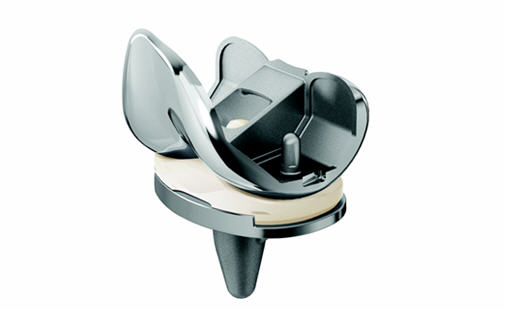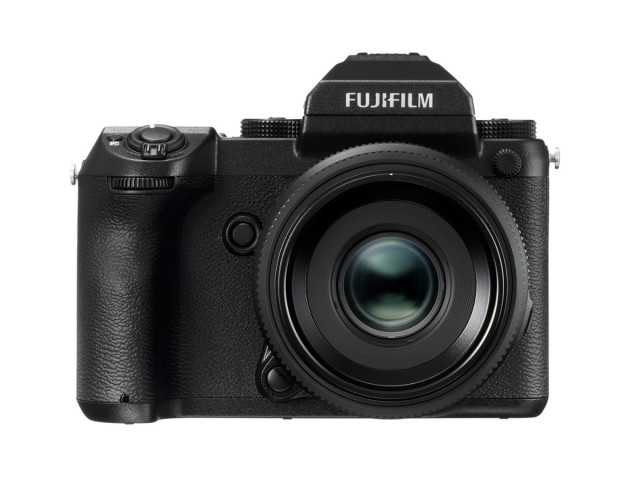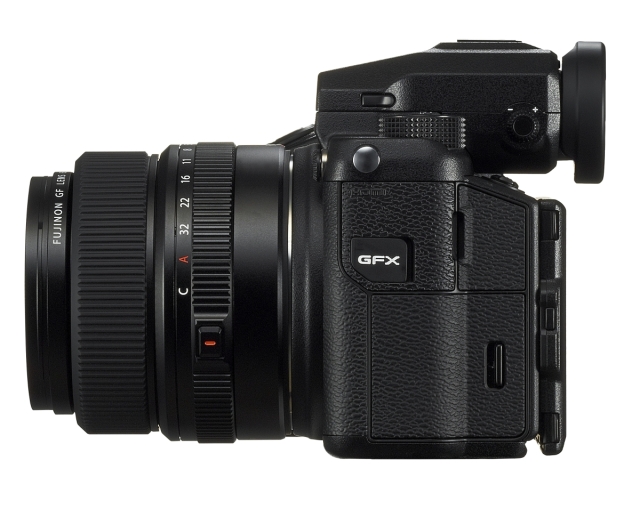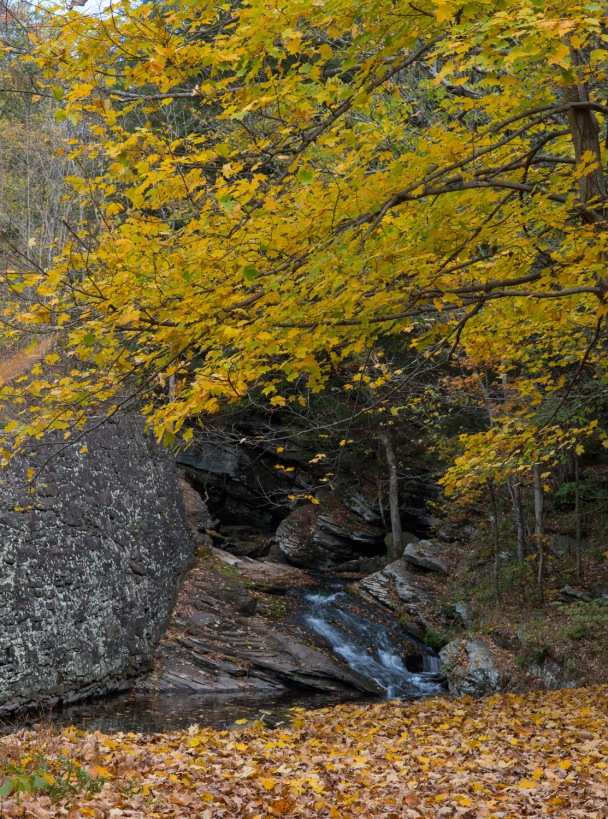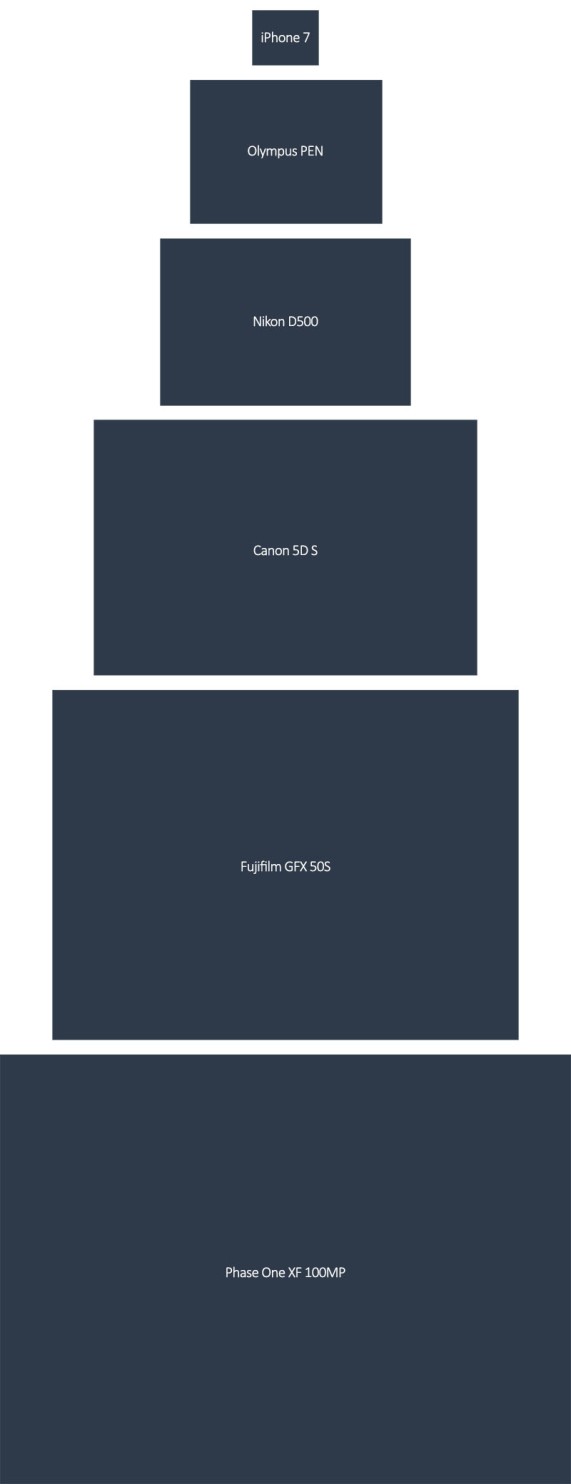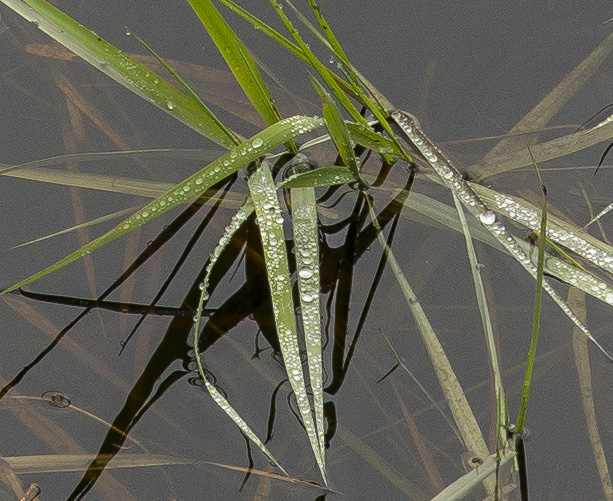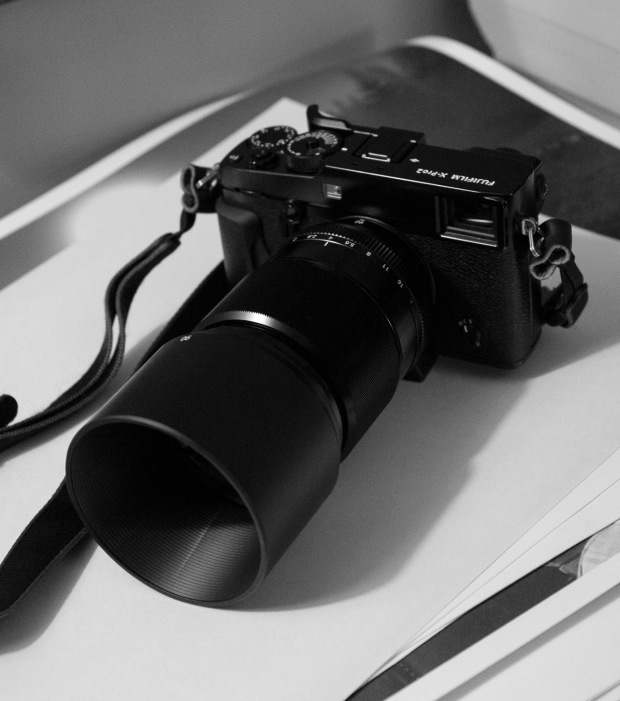For many people, late fall is a tough time of year. For many it seems, a mild melancholia descends after the autumnal equinox, extending to the winter solstice. Once the best of the fall foliage has passed, at least in my part of the world, landscape photography becomes a somewhat thankless task.
Until there is snow, much of the scenery is bleak and uninteresting. There will be some isolated color at lower altitudes and, amongst certain tree species, but this time of year, the search for interesting images can be challenging.
As a result of my knee surgery, I remained off from work through late October and early November. This did give me an opportunity to get out with camera gear. Though my mobility is still limited , I am not so hobbled as to be unable to walk/hike short distances. I can also shoot from a car.
In the part of Pennsylvania where I reside, it is worth prowling along the Susquehanna River, where the transformation of the foliage tends to happen rather late. Here and there an interesting scene tempts one to remove a lens cap and capture and exposure or two. Another option is to travel south down through the Lehigh Valley and into the Philadelphia area where the seasons progress more slowly. In the mountains and ridgetops however, the predominant oaks tend to hold onto their brown leaves until the first severe winter windstorm occurs.
I traveled to the Adirondack region for several days around Halloween. In the north country, deciduous trees were pretty much completely bare, a useful adaptation in a region where the accumulating snow can begin any time in November.
The only interesting color was found in the tamaracks, that tend to grow in the wetter areas of the region. Having not yet shed their needles, they are a bright yellow accent on an otherwise pallid background. Happily, an early snowfall also provided some relief from the monotony.
Some thoughts on equipment:
It turns out that I am using than 90 mm lens much more than I thought I would. It is particularly useful, in sparse times to allow you to isolate the rare pockets of visual interest more easily and with less cropping. Boy howdy is it sharp. It does remain somewhat difficult to handhold. I would love it if it had stabilization.
I have now had a fair amount of time with the X Pro 2. The most recent firmware update does seem to have subtly improved the autofocus. I don’t use focus tracking, or any of the advance modes very much so I don’t have much sense as to their effectiveness. Overall the camera is very pleasant to use, though much like the X100t, I rarely use the optical viewfinder.
I have been using the X Pro 2 in combination with the other bodies when I’m out and about in the car, allowing me to shoot the different lenses, I am forming the conclusion that the newer sensor is not a great advance over the previous 16 megapixel version, either in resolution or in low light capability. My initial testing suggested this, but other more scientific websites seem to feel otherwise.
I’ve always been able to make perfectly acceptable large prints with the 16-megapixel sensor of the earlier cameras. So the extra resolution of the newer sensor is not that important to me. The bottom line is that I don’t feel compelled to automatically grab the X Pro 2 at least for its imager. I suspect this will mean that for the first time, the anticipated X100t upgrade may not be particularly interesting if the sensor alone is the main “improvement”.

Small Pond at Woodfrog Way, (Fujifilm X100t)
Obviously the XT 2 is currently shipping. I will not be acquiring one as I prefer the “rangefinder” body form of the X Pro 2. Nonetheless it looks like a perfectly wonderful instrument for those that need or prefer the SLR-like body form (and the 4K video).
So in a couple of weeks, we hear are due to experience the beginning of the winter holidays. This generally presents us with new photographic opportunities and is a welcome break from the monotony of November/early December.
As I now I conclude this article, I gaze out my patio, which is now covered with 4 inches snow. Last Saturday, our temperatures went from the mid-60s in the afternoon, to the high 20s late in the evening. There was a dramatic storm front that went through around 5 PM with ominous dark clouds and very high winds. This was followed by a thin band of rain which at our altitudes quickly changed to heavy snow which continued all night. Though the roads and lawns were too warm at the beginning for much accumulation, a total of around 5 inches fell on my patio furniture. So I went out to do a little photography in the forest.
Things are indeed looking up.
For those of you who reside in the “States”… Happy Thanksgiving.
As always, clicking on an image lets you see it full size. Or, visit my Smugmug page for these and other images.
.

